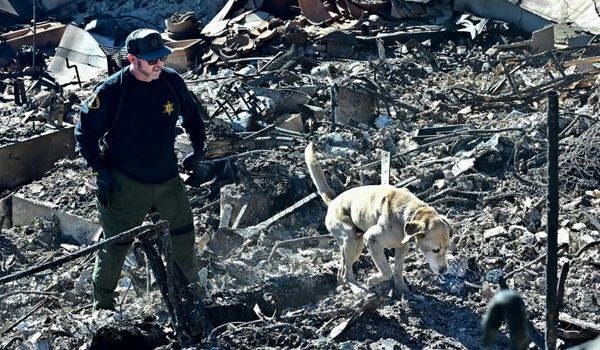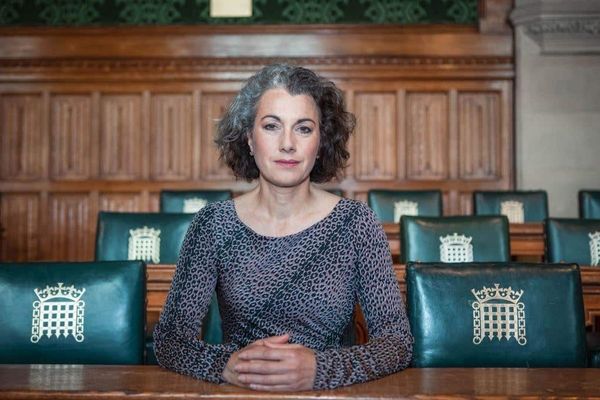
Australians’ cost-of-living pressures are rising after wages growth failed to keep pace with inflation over the December quarter.
New Australian Bureau of Statistics data on Wednesday showed that wage growth is rising in Australia, but only slowly, inching up to 2.3 per cent in annual terms between September and December 2021.
The glacial pace of wages growth will support the RBA’s “patience” on interest rate hikes, economists said, though markets and the RBA are still divided on whether the first rise could happen in late 2022 or 2023.
Either way, households are already seeing their real wages decline, with underlying inflation rising much faster than the average pay packet.
Budgets under pressure
Wage growth rose 0.7 per cent in the December quarter, the ABS said.
That’s much lower than the 1 per cent rise in underlying inflation over the same period, meaning real wages actually fell by 0.3 percentage points.
That’s the worst result in more than seven years and the sixth straight quarter that inflation has outpaced wages growth.
And this decline in purchasing power means household budgets are being stretched more, Indeed APAC economist Callam Pickering said.
“The battle between higher wages growth and high inflation will be a key economic issue for Australia in the coming year,” he said.
“We expect wage growth to improve … but those gains could be eaten up entirely by high inflation.”
When headline inflation is used to measure purchasing power, the result is far worse, generating a 1.2 per cent fall in real wages in annual terms.
This measure includes recent rises in petrol prices and dwelling costs.
But prices are rising faster across the nation, and even in supermarkets.
Wage growth building: Economists
Wages growth is expected to continue rising in 2022, albeit quite slowly.
Unemployment fell to a 13-year low in December, and economists think these tighter jobs market conditions will push up wages growth in 2022.
Sean Langcake, head of macroeconomic forecasting at BIS Oxford, said pay rises in the private sector over the December quarter were driven by individual arrangements, which are more responsive to the jobs market.
That’s a positive sign that bosses are finding it more difficult to find staff and are raising wages to compensate, he said.
“Wages including bonuses are growing faster than measures excluding bonuses,” Mr Langcake said.
“[It’s a] sign that employers are paying more to attract and retain staff.”
Further evidence that wage pressures are emerging was seen in the industry breakdown of wage rises.
Workers in the accommodation, food services and retail sectors saw their wages rise fastest in annual terms over the December quarter.
These industries were also hit hardest by staff shortages during COVID-19, which economists took as evidence that tighter jobs market conditions are leading to pay rises.
Mr Pickering said that if quarterly wage growth is taken for each industry and quadrupled to an annualised measure, then half of the 18 industry sub groups tracked by the ABS have seen wage rises of 3 per cent.
“By comparison, not one industry had annualised growth of 3 per cent or more for the first half of 2021,” he said.
RBA to remain patient on rates
That’s a sign that wage pressures are moving towards a point where the Reserve Bank will be comfortable lifting interest rates for the first time in more than a decade.
Dr Philip Lowe and the RBA board are employing a wait-and-see approach to higher inflation before raising rates because they want wages growth to first rise above 3 per cent in annual terms across the entire economy.
According to RBA forecasts this won’t be achieved until June 2023, but current wages growth is ahead of where the bank thought we would be.
The RBA said wages would rise 2.25 per cent in the December quarter, but the WPI actually rose 2.6 per cent.
Tweet from @ANZ_Research
Mr Langcake thinks a rate rise is more likely in the December quarter of 2022 in light of the most recent wages data.
“Wage growth is still well below the pace the RBA sees as consistent with sustainable inflation,” he said.
“We still expect the first rate hike will come in Q4 2022.”
Markets were pricing in a rate rise as soon as June in response to rising inflation, but EY chief economist Jo Masters said today’s wage figures mean a rate rise in the September quarter is more likely.
“The RBA will remain patient on rates,” Dr Masters said on Wednesday.
“There was only out out of 18 industries with wage growth above 3 per cent – accommodation and food services.”
The next Reserve Bank interest rate decision is scheduled for March 1.







